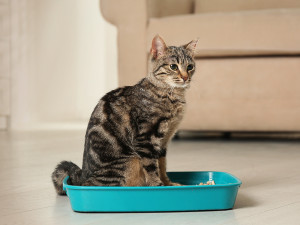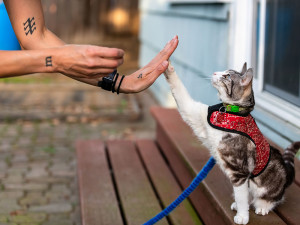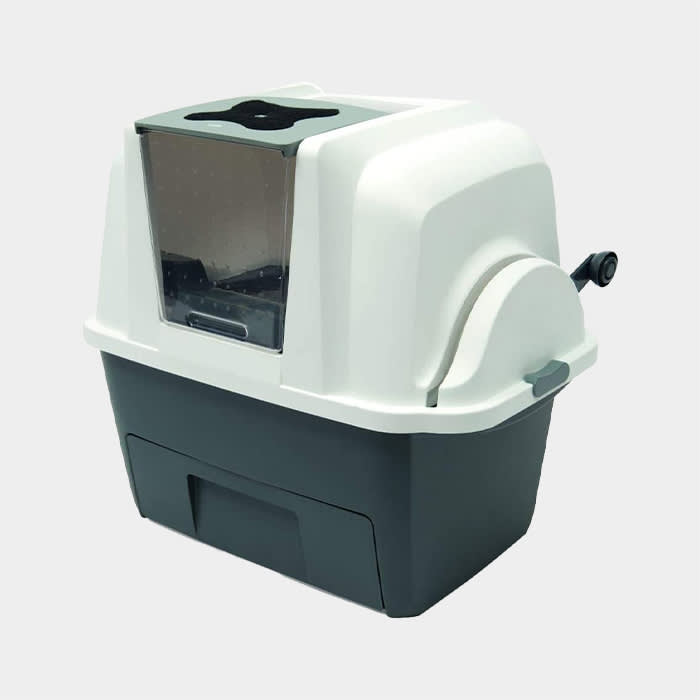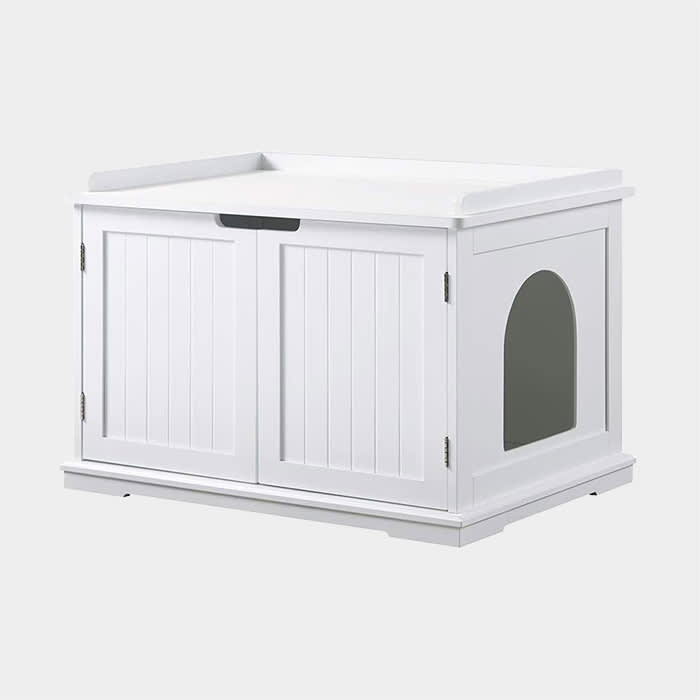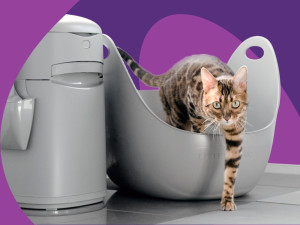5 Litter Boxes Your Cat (Probably) Won’t Reject
Think like a cat when choosing a litter box... so you can go back to not thinking about litter boxes

Share Article
Your cat has opinions – maybe even enough of them to leave unpleasant, non-verbal messages lying around to get your attention. We know, we’d all be relieved if we never had to think about our cats, er, relieving themselves. But our litter box preferences don’t always align with our cats’. Such is the feline condition. Because your sweet cat can quickly morph from somewhat miffed to a full-on weeing machine, it’s worth knowing what works for your cat and why.
Think like a cat
“The main rule of thumb for litter boxes is to have one more than the number of cats, meaning: two boxes for one cat, three boxes for two cats, four boxes for three cats and so on, to decrease the potential for urinary problems and competition over resources,” says certified animal behaviourist Ruby Leslie. “It is very important for cats to have wide boxes with an easy-to-access entrance, and keep in mind that a litter box with a cover/lid can trap in smells, which could deter cats from using the box. You’ll also want to avoid pellets or anything scented and choose sand/clay litters since they mimic natural substrates cats would use in the wild like dirt or sand.”

littleKin™ is Kinship’s home just for puppy and kitten parents. Bop over to check out expert advice, new pet tools, and special deals—all curated for your newest family member.
opens in a new tabThings your cat wants you to know
They hate dirty toilets as much as we do – maybe more
Cats need a clean litter box like we need clean toilet paper. In fact, hygiene is one of their most natural inclinations. They want a litter box you can keep clean, with enough structure to keep all messiness contained. Pass their white glove test or they’ll simply go elsewhere.
They really don’t like surprises
All cats are individuals, but it’s a pretty safe bet that the noise from an automatic scoop box will trigger their fight or flight instincts. More likely flight. Seriously, why risk getting the daylights scared out of you during your most vulnerable private time?
They don’t want you to cramp their style
Cats want enough space to move around and get comfortable, so they need a proper-sized box to suit their size. Makes perfect sense, but not every human thinks of it. They also like to feel protected and safe during their litter box time.
We took a look at everything – from the classically efficient to the latest tech designs – to find solutions that work for both you and your cat, and pulled together five litter boxes that your cat just might approve of. And to paraphrase cats everywhere: if it works for your cat, it should work for you.
Btw, our editors (and their pets) picked out these products. They’re always in stock at the time we publish, but there’s a chance they’ll sell out. If you do buy through our links, we may earn a commission. (We’ve got a lot of toys to buy over here, you know?)

Cory and Jane Turner
Cory and Jane are daughter-mother partners in just about everything including co-founding Dogly, a platform for pets and their people to live well together. They’re parents to a family full of magical rescue dogs and a bossy street cat from Shanghai who are their resident muses, testers of all things, and advisors on the meaning of life.
Related articles
![cat sitting in a litter box]() opens in a new tab
opens in a new tabHow to Deal with Cat Diarrhoea
Dr Audrey K Cook’s tips to getting to the bottom of a sh*tty situation
![Maine coon cat using the litter box.]() opens in a new tab
opens in a new tabUncovered Secrets: Why Cats Don’t Always Cover Their Poo
And how you can encourage them to cover up after doing their business
![Cat sitting in a teal litter box]() opens in a new tab
opens in a new tabMastering the Art of Litter Box Training: How to Train Cats to Use a Litter Box
If you do nothing else, teach your cat to poo in their litter box (and not in your shoe)
![Woman holding her black and white cat.]() opens in a new tab
opens in a new tabThe Ultimate Shopping List For Your New Cat
Here are all the new cat essentials you need, recommended by real pet parents
![Cat looking at the camera while steeping out of litter box next to a Litter Genie with abstract purple shapes in the background]() opens in a new tab
opens in a new tabHow the Litter Genie Made Me a Better Cat Dad
The Litter Genie prevents daily scooping, plastic waste and the sights (and smells) of a full litter box
